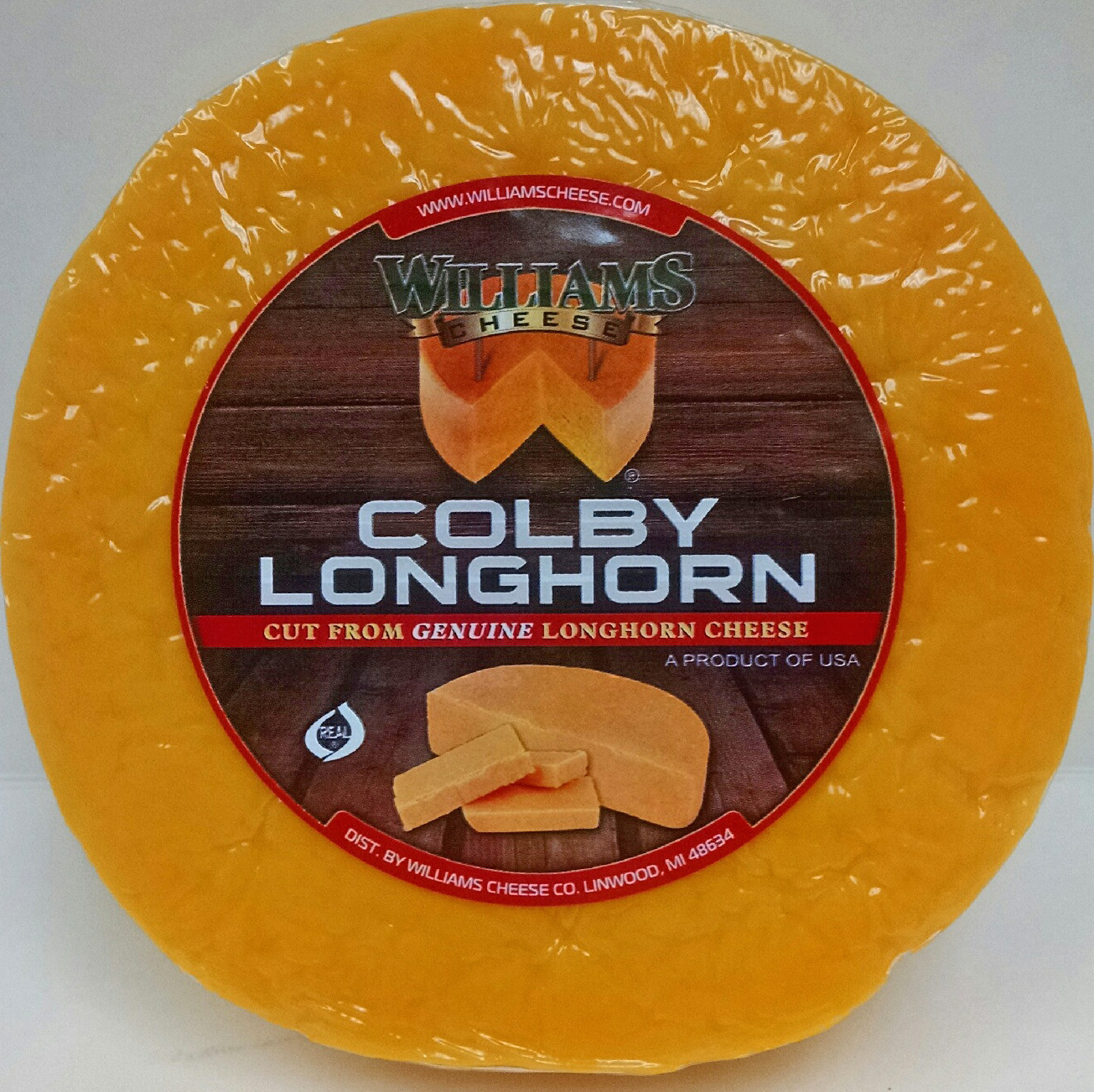Unraveling the Colby Longhorn Mystery
Colby Longhorn cheese often sparks curiosity. Is it a unique cheese variety or simply Colby in disguise? The answer is surprisingly straightforward: “Longhorn” primarily refers to the shape—a long cylinder reminiscent of a longhorn’s horn. This shape, while iconic, doesn’t fundamentally alter the cheese’s nature. It’s essentially Colby cheese, crafted with the same techniques and exhibiting similar characteristics, but presented in a distinctive form.
The Story of Colby: A Wisconsin Original
Colby cheese first emerged in 1885 in Colby, Wisconsin. Unlike cheddar, Colby bypasses the “cheddaring” process, resulting in a higher moisture content and a softer, milder flavor. This key difference gives Colby its exceptional melting qualities, making it a popular choice for grilled cheese sandwiches and other dishes where meltability is prized. You can indulge your sweet tooth with the nostalgic delight of Choward’s Violets, a classic confection that evokes memories of simpler times.
Crafting Colby Longhorn: From Milk to Masterpiece
The journey from milk to Colby Longhorn begins with the introduction of bacterial cultures, which initiate fermentation. Rennet, an enzyme, is then added to coagulate the milk, forming curds. These curds are separated from the whey, pressed to remove excess moisture, and finally molded into the signature longhorn shape. For a quick and satisfying snack, reach for the playful strands of Frigo String Cheese, a childhood favorite that continues to delight.
Exploring the Flavor Profile
Colby Longhorn boasts a mild, buttery flavor with a subtle sweetness. Its smooth, creamy texture and slightly open structure contribute to its excellent melting characteristics. The sometimes-vibrant orange hue often associated with Colby Longhorn results from annatto, a natural food coloring. While visually appealing, annatto doesn’t impact the flavor.
Colby vs. Cheddar: A Tale of Two Textures
Understanding the distinction between Colby and cheddar can deepen your appreciation for Colby Longhorn. Cheddar, with its lower moisture content and firmer texture, offers a sharper, tangyer flavor compared to Colby’s milder profile. While cheddar holds its shape well, Colby excels in melting applications. This contrast highlights the unique strengths of each cheese. Elevate your culinary creations with the vibrant and nuanced flavors of a Kashmiri chili powder substitute, unlocking a world of aromatic possibilities.
| Feature | Colby Longhorn | Cheddar |
|---|---|---|
| Texture | Semi-hard, slightly open | Firm, dense |
| Flavor | Mild, creamy, subtly sweet | Sharp, tangy, robust |
| Moisture | Higher | Lower |
| Meltability | Excellent | Good |
Culinary Adventures with Colby Longhorn
Colby Longhorn’s versatility extends far beyond the classic sandwich. It’s a grilling champion, melting beautifully on burgers, paninis, and other grilled delights. Cubed, it makes a satisfying snack; shredded, it elevates mac and cheese; and incorporated into casseroles, it adds a creamy, cheesy dimension. Explore the rich, creamy, and undeniably decadent world of dessert xango, a culinary masterpiece that will tantalize your taste buds. Pair it with fresh fruits, crackers, or even a light-bodied wine or crisp lager.
Preserving the Golden Goodness: Storage Tips
To maintain peak freshness, wrap Colby Longhorn tightly in plastic wrap or store it in an airtight container in the refrigerator. Proper storage prevents drying and preserves flavor for several weeks.
Sourcing Colby Longhorn
Colby Longhorn is readily available in most grocery stores, typically nestled in the dairy aisle. Specialty cheese shops and online retailers offer broader selections for those seeking specific variations.
Colby vs. Longhorn: The Final Word
So, are Colby and Longhorn the same cheese? Essentially, yes. Longhorn is simply Colby, fashioned into a distinctive shape and sometimes colored with annatto. While the longer aging sometimes associated with the longhorn shape may contribute to subtle flavor nuances, the core cheese remains fundamentally Colby. The shape, while visually striking, doesn’t define a separate cheese type.
Beyond the Horn: Exploring Alternatives
While Colby is the closest match to Longhorn, other cheeses can offer similar profiles depending on the application. Cheddar, though sharper, provides a robust alternative for melting. Monterey Jack, with its mildness and excellent meltability, shines in dishes where other ingredients take center stage. Gruyère, a nutty and complex cheese, elevates dishes like mac and cheese.
| Cheese | Flavor Profile | Melting Properties | Suggested Uses |
|---|---|---|---|
| Colby | Mild, buttery | Excellent | General substitute, sandwiches, snacks |
| Cheddar | Sharp, tangy | Good | Grilled cheese, burgers, sauces |
| Monterey Jack | Mild, slightly sweet | Excellent | Quesadillas, nachos, Mexican dishes |
| Gruyère | Nutty, complex | Excellent | Mac and cheese, gratins, fondue |
Colby Jack in the UK: A Quest for Flavor
Finding true Colby Jack in the UK can be a challenge. Monterey Jack, readily available across the pond, presents the closest match. While lacking the marbled appearance of Colby Jack, Monterey Jack shares its mild flavor and excellent melting qualities. Other UK options like Double Gloucester and Cheshire offer tangier, more complex profiles, while Mild Cheddar and Red Leicester provide budget-friendly alternatives.
Further Exploration
The world of cheese is vast and ever-evolving. Ongoing research continues to refine our understanding of flavor profiles and production techniques. Explore further, experiment with different cheeses, and discover your own favorites. Some experts believe that regional variations in Colby production may exist, influencing flavor nuances. This area remains a topic of continued exploration within the cheese community.
- Working-Class Family Stories: A Memoir & Guide - April 4, 2025
- Unlock Elemental 2 Secrets: Actionable Insights Now - April 2, 2025
- Lot’s Wife’s Name: Unveiling the Mystery of Sodom’s Fall - April 2, 2025

















4 thoughts on “Colby vs. Longhorn Cheese: Settling the Score (and Sharing Delicious Recipes)”
Comments are closed.